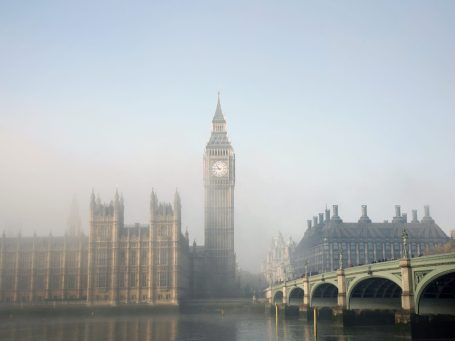04
Feb
2024
Should Central Banks intervene in Climate policy?
The answer to the question in title above is immediately subjective, after all much like love we don’t get to choose our loyalties to either the monetary camp or the fiscal policy one. The manifestation of monetary policy maker is the Central Bank whilst the fiscal policy is the realm of the politician i.e. the Government yours and mine.
In order to attempt the answer, first we need to remind ourselves of what a Central Bank does, then why does it need to intervene in climate policy in addition to determining if a central bank has the tools and expertise to effectively intervene in climate policy and finally if not the central bank, then who is better suited for the climate policy task instead.
It can be said with confidence that the Central Bank of most countries or unions has a single mandate of price stability aka low inflation although the US Federal Reserve does operate on a dual mandate that of price stability and low employment, but Fed Chairs historically tend towards a low inflation target at the expense or danger of high unemployment. Thus, the tools available to the Central banks are naturally geared towards providing liquidity in market when the credit risk is high due to a negative demand shock for example, or drying up liquidity when the inflation is running hot. Where then within this limited task of price stability given to the Bank does the climate policy come into the play? The Bank within its primary function of manipulating the policy rate and regulating the banking sector for financially stability need to account for the credit worthiness of collateral that for example is used in repo operations and / or in asset purchases. It is thus in the interest of the Bank that credit reference agencies quantify risk attached to assets exposed to climate related factors. The climate related risks come in two distinct flavours, one is the physical risk i.e. environmental and weather related impacts on the economy, the other climate related risk is the transition risk, this is essentially as the name suggests the risk borne by transitioning from legacy to Green technologies and policies and conversely the risk of not adapting to climate positive technologies and policies.
Banks like PBOC (Peoples Bank of China) ECB and many other developed nations banks must be commended though for not burying their heads in the sand and sticking single mindedly to their price stability mandates by taking the initiative and carrying out stress tests with climate change factors in the scenarios. These Banks are also increasingly integrating climate risk factors in their macro-economic models pertaining to monetary policy and macro-economic projection models. Incorporating new models with Climate risk factors integrated into models again is commendable effort as far as research goes but propagating climate policy based on the model where a Central Bank can start pushing Green finance (low Carbon project finance) policies downstream to institutions and start lending Green finance favourably to institutions that implement central bank climate taxonomy and are transparent in reporting Green initiative as opposed to those institutions that don’t partake in the Central Banks climate policy and climate related reporting may not only be a step outside the Bank’s remit but does question the neutrality of the bank. This in my opinion is a contentious issue, as even established models pertaining to financial stability of the system were exposed during the 2007/08 global financial crisis and these established models were supposed to be supporting the mandated tasks of the central banks. So it remains to be seen if since the GFC financial stability models have improved to provide effective guidance and then the fact remains that the established and improved upon models do not currently incorporate climate variables which are highly dynamic and varied.
Notwithstanding Banks with uber independence and ironically low transparency like the ECB seem to increasingly find themselves in land that belongs to the fiscal policy makers, for when the Bank is not bailing out institution it is finding itself pushing climate policy which really is a realm that the government can tackle more efficiently with a vast domain of experts available through inter agency co-operation, academia, NGOs and private sector as well as with traditional tools like incentives and penalties for example Green incentives and carbon taxes. These the Central Bank does not have at its disposal economy wide.
With the burgeoning field of environmental economics, it is perhaps best for the central banks to hold off incorporating untested immature climate models into financial stability and or monetary policy outside of research.
However as alluded to earlier the outcome of these stress tests simulations and findings by the Central Bank’s research department should then be forwarded to the democratically elected governments to base policy on rather than unilaterally propagating policy to downstream institutions, moreover if the Central Bank as a policy implementer fails in it’s attempt to stabilise the economy through it’s climate integrated policy action the loss of public confidence in the institution is further reduced. It is the government that take the public brunt of policy failure in an election which a non-elected body like the very important Central Bank is absolved of. Central Bank in a sense is a technocratic body and not a policy maker, policy belongs to the politician.




Copyright © 2023 Nessie Green Ltd. All rights reserved. Registered in England & Wales No. 15081204.Registered office: Greenside House, 50 Station road, London N22 7DE. VAT No: 447235391
We need your consent to load the translations
We use a third-party service to translate the website content that may collect data about your activity. Please review the details in the privacy policy and accept the service to view the translations.

